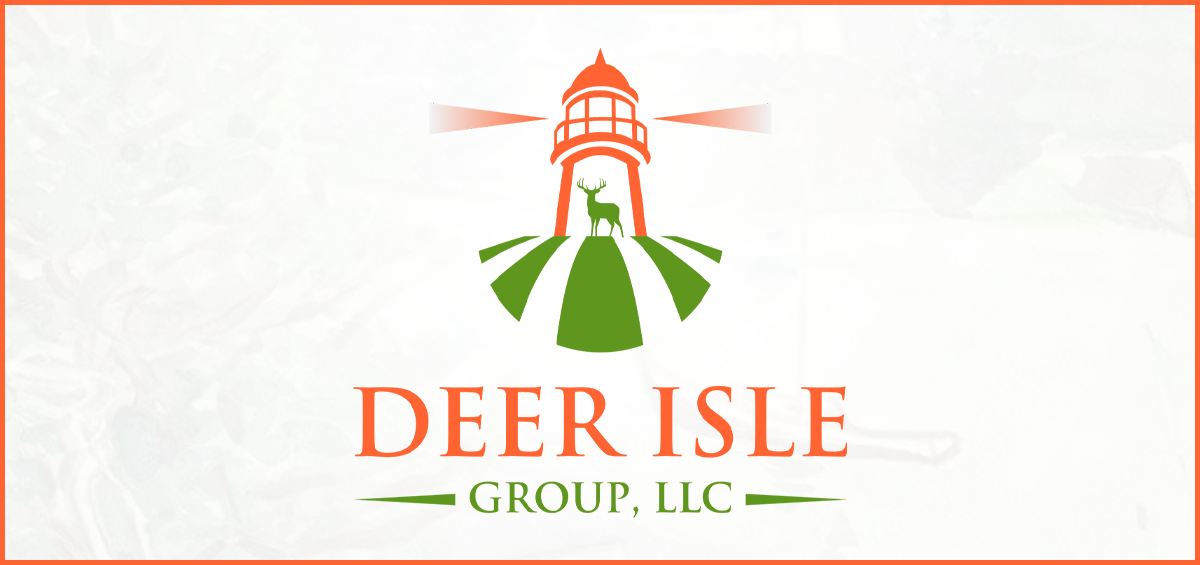PIPELINES MAKE OR BREAK TRANSACTIONS: List of Key Trackable Attributes & Examples

One of the most critical components of demonstrating that a business plan is executable is having a well-developed pipeline — whether it’s a pipeline of potential investment opportunities (for funds) or a pipeline of potential clients and revenues (for operating companies projecting accelerated growth).
Developing a detailed and well-documented pipeline is not just a sign of operational maturity — it’s a critical factor in demonstrating credibility to investors, stakeholders, and internal teams. Whether you’re a fund sourcing investment or a company projecting revenues, a robust pipeline transforms assumptions into actionable, trackable progress.
The most credible and effective pipelines are supported by documentation, including signed agreements, memorandums of understanding (MOUs), indications of interest (IOIs), or letters of intent (LOIs). Even pipelines backed only by substantive emails or meeting notes are helpful in conveying legitimacy and are better than no documented support of the pipeline.
While a list of names is a starting point, a strong pipeline provides additional quantitative and qualitative data to evidence transaction progression, likelihood of close, and projected impact on the potential transaction.
The tables below outline attributes as well as examples of the attributes for funds that have portfolio pipelines as well as for companies that have revenue pipelines.
Key Trackable Pipeline Attributes
Fund: Potential Portfolio Company Pipeline Trackable Attributes
| Portfolio Company Pipeline Attributes | Examples |
| Stage | Agreement or Discussion Type % Likelihood of Close Time to Close |
| Expected Return | IRR MOIC |
| Valuation | Last Round Valuation Current Valuation Expected Exit Valuation |
| Valuation Metric | Revenue Multiple EBITDA Multiple Book Value Percentage |
| $ Raised | $ Raised to Date Current $ Being Raised Future $ Required |
| Revenues | Current Q Annualized Revenues Last Year Annualized Revenues Next Year Projected Revenues 5 Year Projected Revenues |
| Revenue Pipeline | % of Next Year Revenues Supported by Pipeline % of 5 Year Revenues Supported by Pipeline |
| EBITDA / Cash Flow | Current Q Annualized EBITDA Last Year Annualized EBITDA Next Year Projected EBITDA 5 Year Projected EBITDA Cash Flow Runway |
| CAPEX or Investment | Current Year Next 5 Years |
| Assets | Estimated Value Asset Listing |
| Exit Strategy | Potential Buyers / Liquidity Events Expected Timing |
Company: Potential Revenue Pipeline Trackable Attributes
| Revenue Pipeline Attributes | Examples |
| Stage | LOI / MOU / Verbal Commitment / RFP Response / Proposal Sent, Negotiation Next Steps Signed Contract % Likilihood of Close |
| “Brand Transfer” of Potential Customers | Customer / Client Name Relevant Industry or Segment Relationship Source |
| Terms | Revenue Amount Start Date End Date Payment Structure (Upfront, Milestone, Recurring) |
| Revenue Forecasting | Weighted Revenue by Probability Unweighted Pipeline Value Rolling 12-Month View |
| Expected Impact | % Contribution to Next Year’s Revenue Strategic Importance Geographic or Channel Expansion |
| Support Materials | Pitch Decks Sent Meetings Held Follow-Up Schedule Client Feedback Received |
| Cross-Sell / Upsell Potential | Initial Deal Scope Future Expansion Opportunity Complementary Products or Services |
| Risks or Dependencies | Regulatory Approvals Technology Integration Client Budget Cycle |



